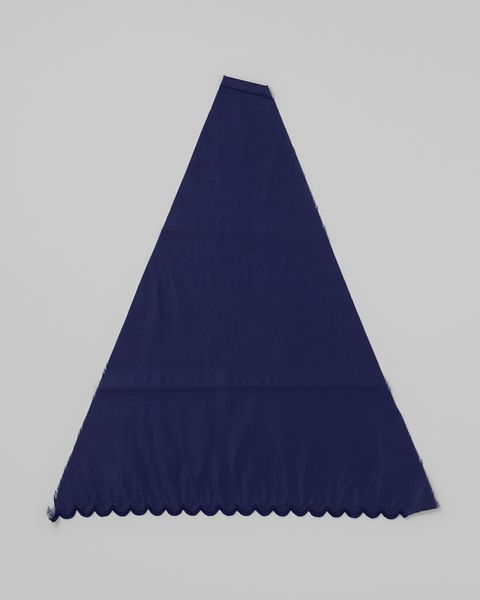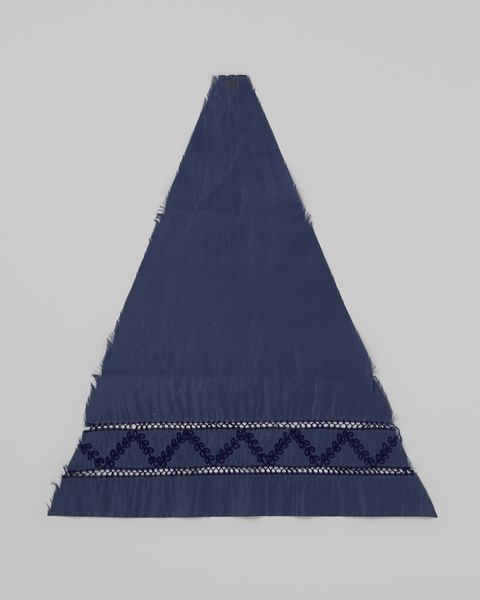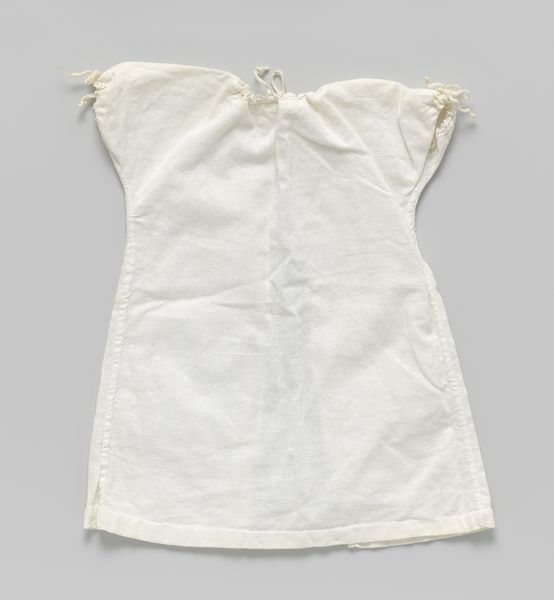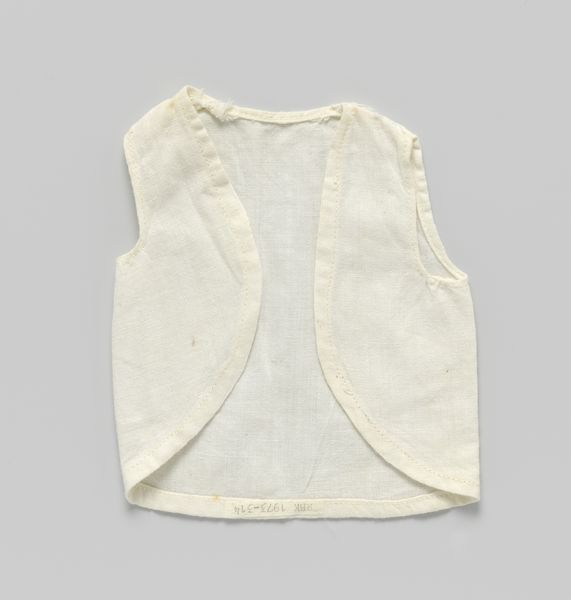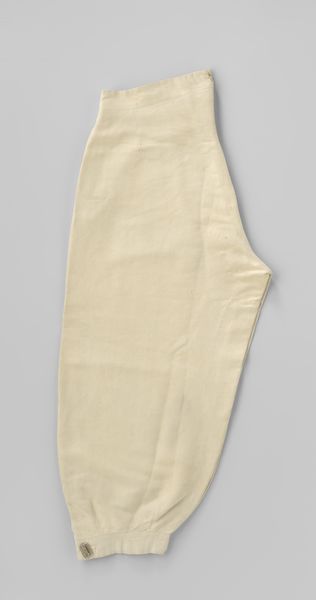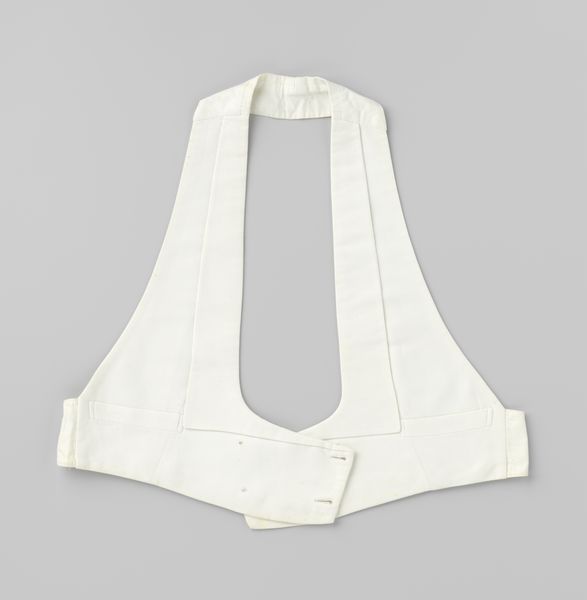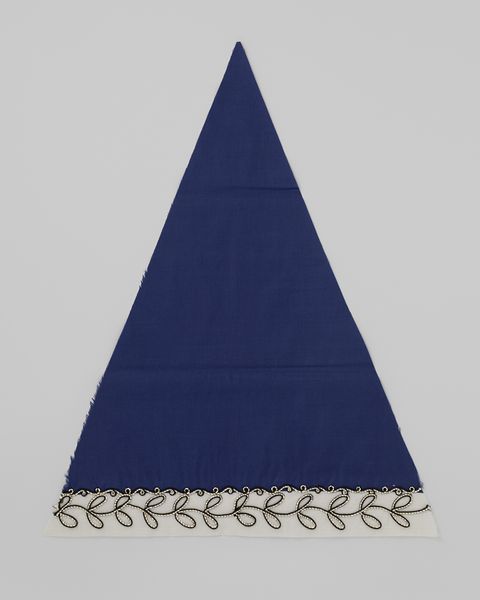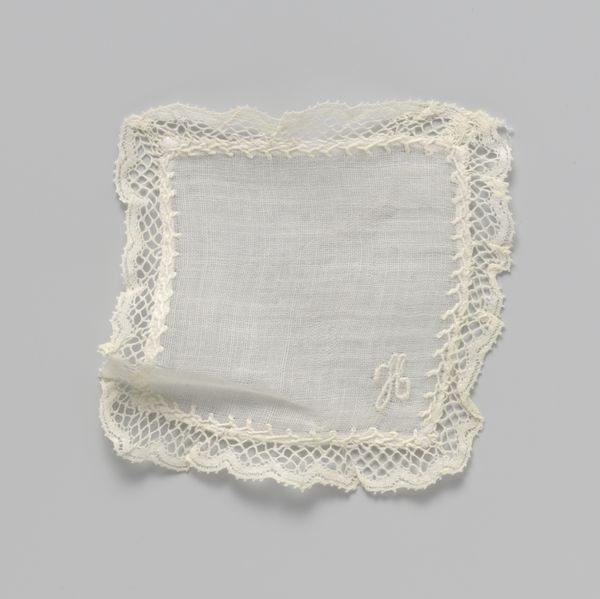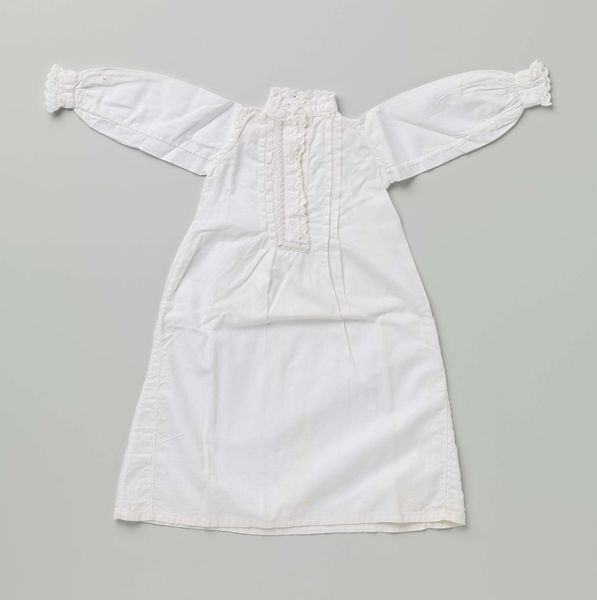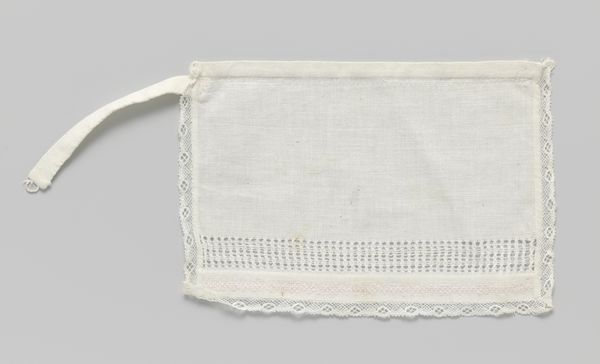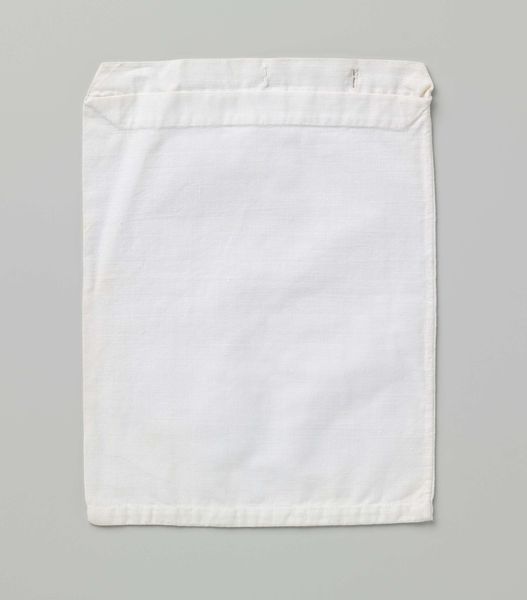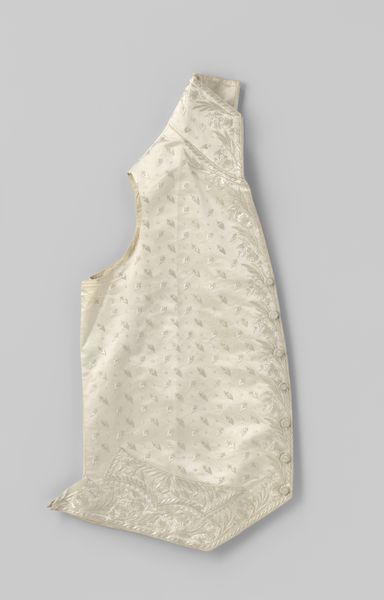
Copyright: Rijks Museum: Open Domain
This is a section of a parasol canopy, made of light blue cotton by Gustav Schnitzler. While the artwork date remains unknown, we can still learn about the cultural contexts that made this artifact significant. Parasols like this were more than just sunshades; they were potent symbols of status, especially for women. In many societies, pale skin was associated with the leisure of the upper class, those who didn't need to work outdoors. A parasol became a portable statement of belonging to that class. The delicate scalloped edge of this parasol also speaks to the values that were prized within certain segments of society. To understand the social life of objects like these, historians often turn to sources like fashion magazines, etiquette manuals, and even social novels. These sources help us to understand how these objects shape identities and reinforce societal norms. After all, the beauty and value of art are not just intrinsic, but contingent on its intricate dance with social history.
Comments
No comments
Be the first to comment and join the conversation on the ultimate creative platform.

